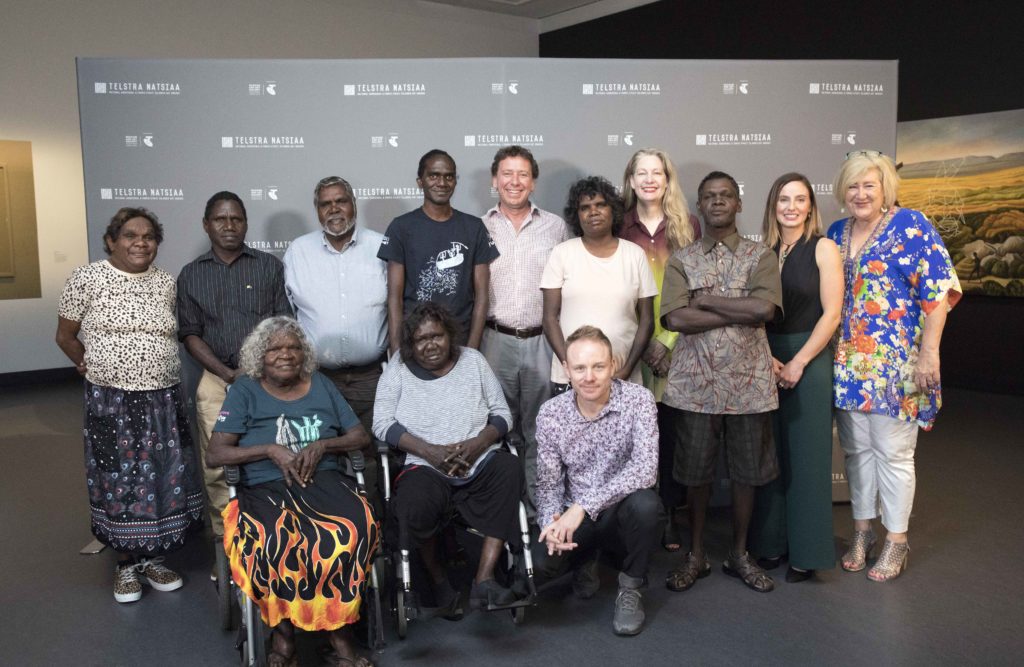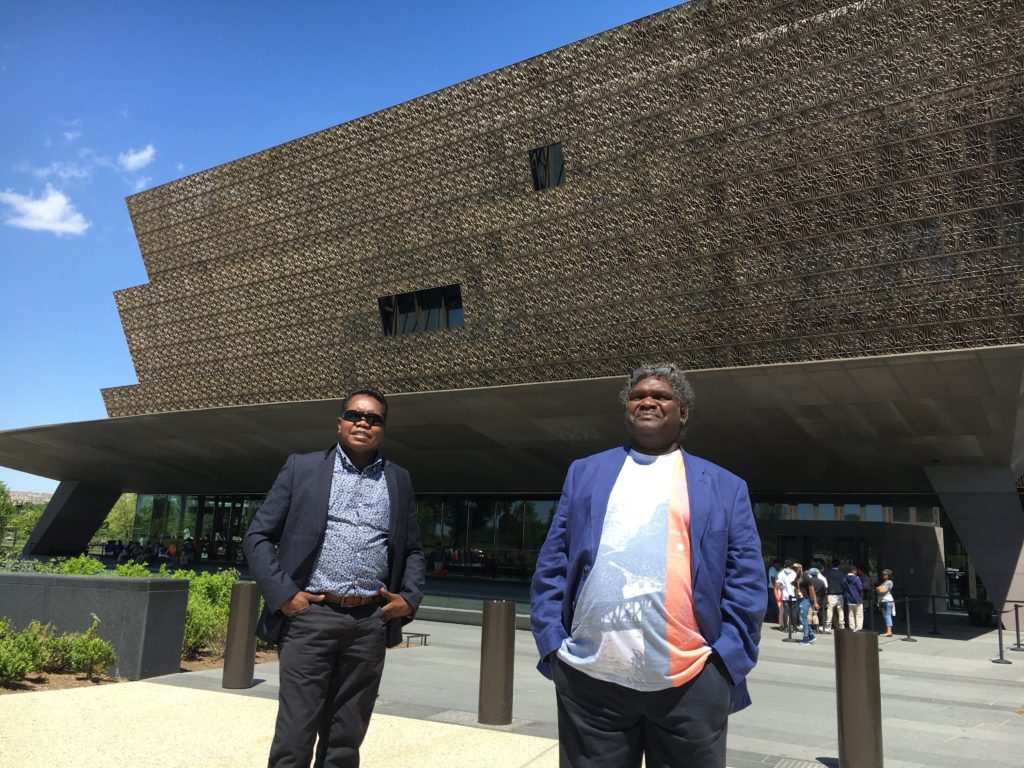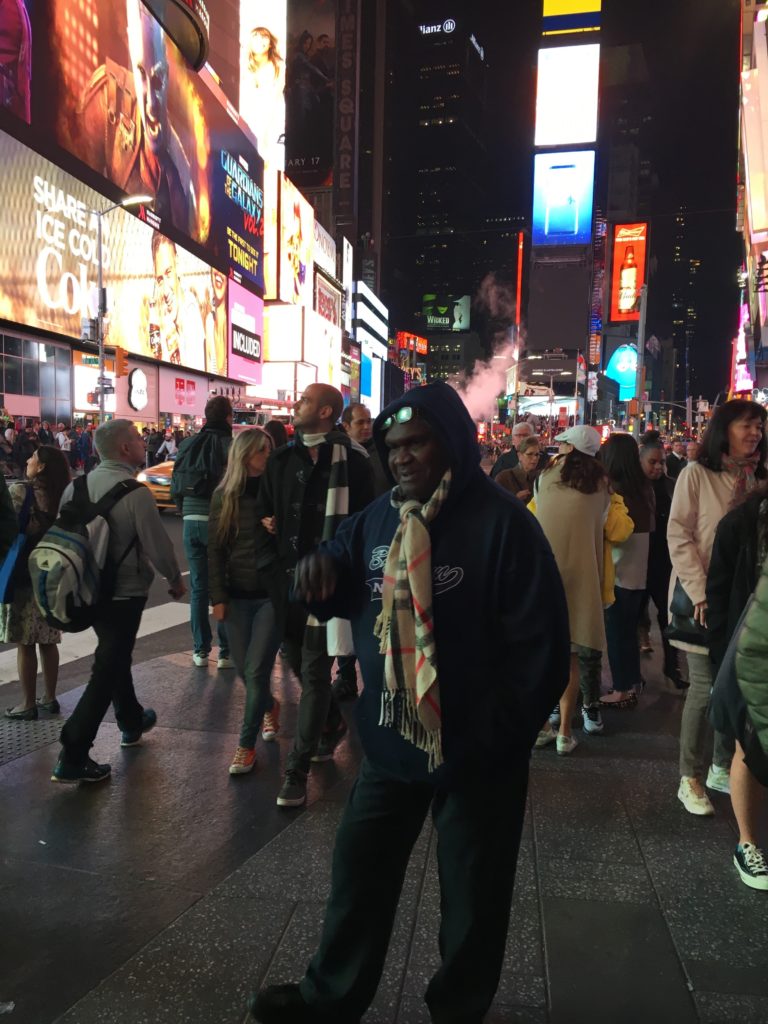
“You are not to tell another soul.”
“Not Margo, not Kade, not even your wife.”
“Ah, ok?”
“I’m serious. This is for your ears only. Can you keep a secret?”
“Um. I guess.”
“He won.”
“Who won.”
“Djambawa.”
“The bark painting prize?”
“No. The big one.”
It was August was 2019. I was in a hotel in Sydney, trying to shake off jetlag before heading to Darwin the next day. I felt a little like I had left my brain somewhere over the Pacific. I’d texted Will Stubbs, Coordinator of the Buku-Larrŋgay Mulka Centre to let him know I had arrived in the country. It was a pleasant surprise to get a call a few minutes later with such momentous news—Djambawa Marawili was the winner of the 2019 National Aboriginal and Torres Strait Islander Art Award. Will was sharing this top secret information, not just because I was a card carrying member of the Djambawa Marawili fan club, but because the painting that had won the award had been commissioned by Kluge-Ruhe for Maḏayin and was created in response to his multiple visits to the USA. Titled Journey to America, the work shows Bäru, the ancestral crocodile-man bringing fire into the waters at Yathikpa. The fire crescendos up the bark, crossing oceans to meet the Statue of Liberty. In the lower corner, the coat of arms of Australia is also shown. Speaking on the work, he said: “ Everyone can see that I have confidence I have to carry in my soul and in my blood, to reach out to another nation, to another world, with our sorrow, with our love peace and joy.”
You can watch Djambawa speak about the work here:


